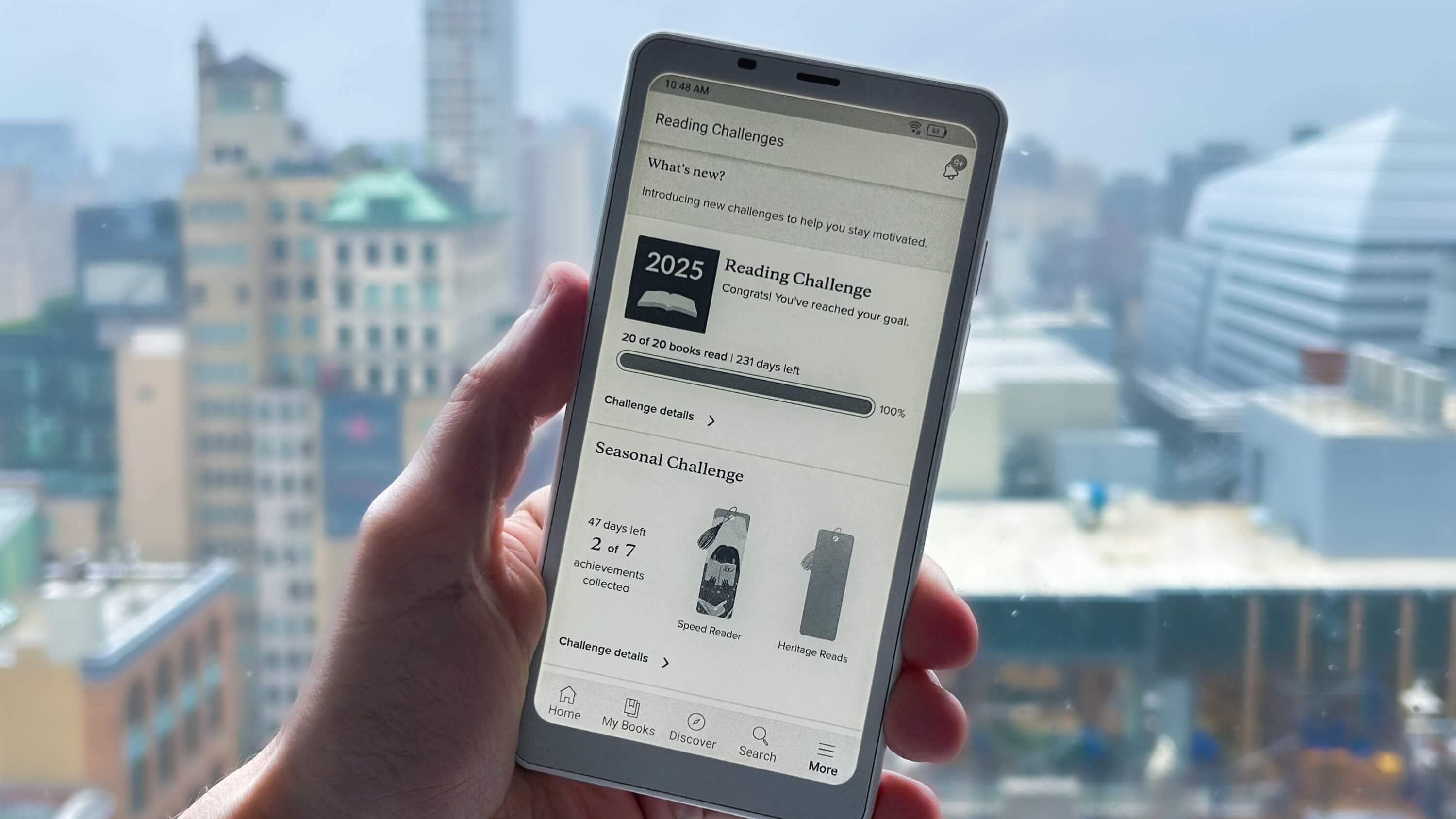E-books are a mature product category; there are hundreds of digital bookstores worldwide. There are several ways people who love reading digitally approach it. The first is a smartphone; it is always in your pocket. Reading apps can be easily installed and kept up to date; purchasing e-books has never been easier. The second is a tablet; the large screen fits a lot of text on the display, and most people who want one already own one. The third is dedicated to e-readers, such as the Amazon Kindle. This is the least popular in the greater scheme of things, but serious readers prefer this method, since it’s the closest you can get to reading real paper.
Smartphone reading, while on the rise, remains a supplementary activity for many, with traditional e-readers and tablets still preferred for primary reading. While comprehension on mobile devices can be slightly higher than on computers, the difference is not practically significant, especially when reading difficult content. According to the latest data, Android dominates the global smartphone market with a 71.42% share, while iOS holds a 27.93% share. You can access a vast library of ebooks through various platforms like Amazon, Apple Books, and Google Play Books.
Tablets provide a great reading experience, especially those with e-ink displays or optimized reading features. Some popular choices include Kindle e-readers, iPads, and Android tablets, all of which offer features such as dark mode and customizable fonts. While tablets generally have long battery life and comfortable screens for extended reading, their LCD screens might tire eyes faster than e-ink models. In the U.S., a significant percentage of adults read books, with print books remaining the most popular format. However, studies have shown that reading on tablets is generally comparable to reading print books in terms of speed and comprehension.
While e-reader ownership is relatively high, especially among specific demographics (e.g., 30-49-year-olds), it is not a universally adopted form of reading. In the e-reader market, Amazon’s Kindle dominates, with estimates ranging from 72% to 80% of the market share. Rakuten’s Kobo e-readers hold a smaller but growing share, potentially around 10-14%. Other e-reader brands have a smaller presence, such as the Barnes & Noble NOOK.
Wrap Up
Smartphone usage all over the world tends to increase every year and the device is always in our pockets, making it the perfect reading device. It is multipurpose and reading is just one aspect of it. Tablet usage also continues to climb, there are cheap ones and expensive ones, the large screen fits lots of text on the screen.
E-Readers are the ideal device to read e-books, but you can only do business officially with one company. If you buy Kindle, you are locked into that ecosystem, ditto with the Rakuten Kobo or Barnes and Noble NOOK. If you read Apple Books on your smartphone, you can’t read these books on your Kindle or Kobo. E-Readers make the most sense if you already do business with the company who makes it. However, there are Android e-readers can can install apps, but your milage may vary, unless it has a recent version of Android and ships with Google Play.
Michael Kozlowski is the editor-in-chief at Good e-Reader and has written about audiobooks and e-readers for the past fifteen years. Newspapers and websites such as the CBC, CNET, Engadget, Huffington Post and the New York Times have picked up his articles. He Lives in Vancouver, British Columbia, Canada.

